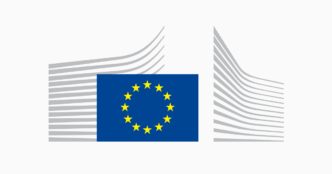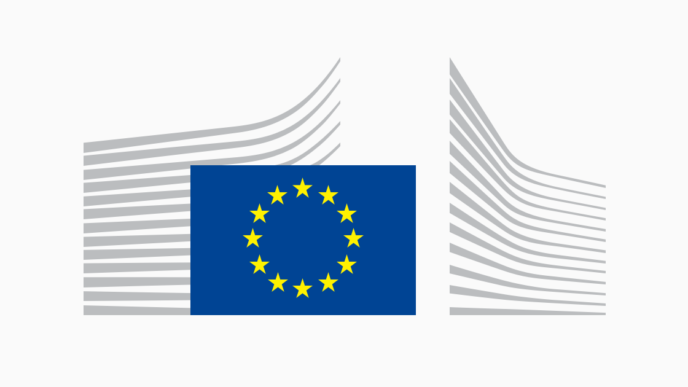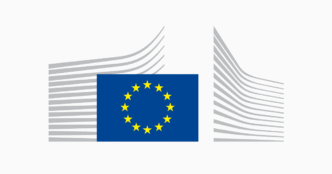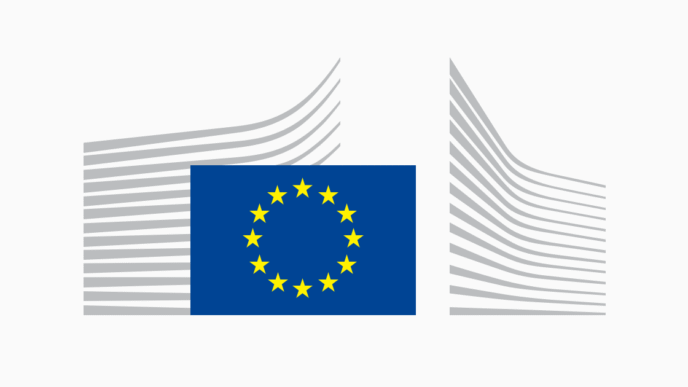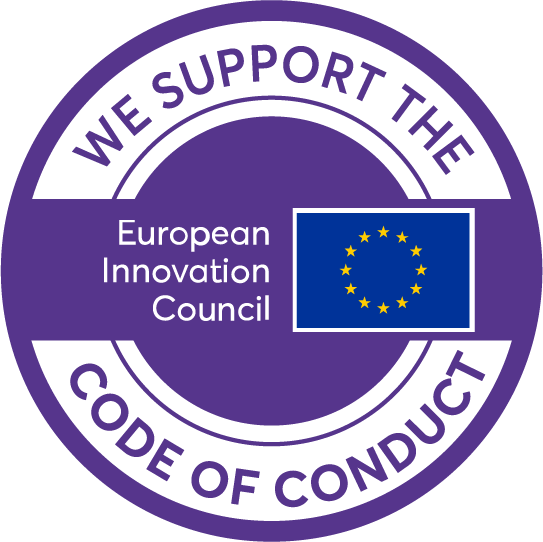The third yearly Communication on the State of the Digital Decade, published today, confirms that digital transformation is still a key priority, and a driver for Europe’s competitiveness and strategic autonomy.
Since 2023, the Commission’s Joint Research Centre (JRC) supports the identification of the EU funding that contributes to achieving the 2030 Digital Decade targets.
In an updated mapping exercise, the JRC analyses how key EU funding instruments help meet the 2030 targets. Latest estimates predict that EUR 207 billion (21% of total analysed funds) will support digital objectives between 2021 and 2027. Of this, EUR 177.5 billion contributes directly to achieving the EU’s Digital Decade targets.
The analysis focuses on five main funding instruments: Recovery and Resilience Facility, Cohesion Policy, Horizon Europe, Digital Europe Programme, and Connecting Europe Facility-Digital. The JRC report confirms most of the trends identified in the past and provides additional details on how countries are receiving and spending such funds.
Source: JRC calculations.
The analysis shows that 27% of the Digital Decade target-relevant spending focuses on the digitalisation of public services – more than EUR 30 billion – and 37% on the digitalisation of businesses. The largest share of the budget has been allocated to the online provision of key public services, the uptake of digital technologies by firms (AI, Data Analytics, Cloud), and the basic digitalisation of Small and Medium-sized Enterprises (SMEs) and innovative scale-ups.
The Recovery and Resilience Facility instrument shows the most balanced distribution across the four cardinal points of the Digital Decade policy programme.
Geographical distribution
The analysis also covers the geographical distribution of Digital Decade spending across Member States, both from the Recovery and Resilience Facility (RRF) and Cohesion Policy (CP). Italy and Spain are the countries with the largest budget allocations, with Spain in particular receiving the largest per capita one (more than EUR 800 over the 2021-2026 period), followed by Italy and Greece.
RRF and CP DD target relevant budget by MS (€ per capita):
Source: Eurostat (Population, 1st January 2024) and JRC calculations. Administrative boundaries: © EuroGeographics. Cartography data downloaded using giscoR.
According to the RRF regulation, Member States should devote at least 20% of their allocation to measures that support the digital transition. The report also assesses how much of the total RRF budget is spent on the Digital Decade targets.
Background information
The Digital Decade policy programme 2030 provides concrete targets and objectives for a successful digital transformation of the EU by 2030.
The policy programme establishes an annual cooperation mechanism to monitor progress on the digital targets and objectives, and calls for the launch of multi-country projects to channel investments and scale up efforts towards achieving the targets.
Related links
JRC report: Update of Mapping of EU funds to Digital Decade targets 2021-2027
2025 State of the Digital Decade package




